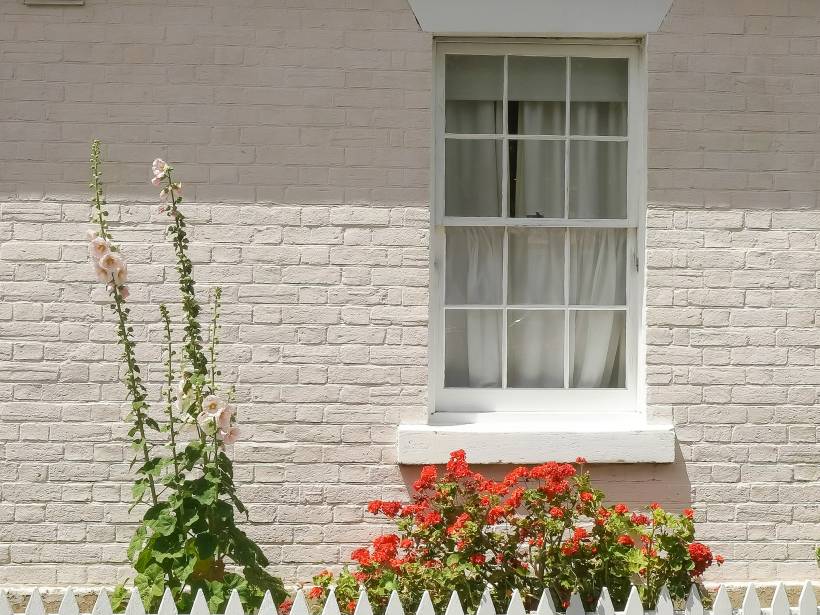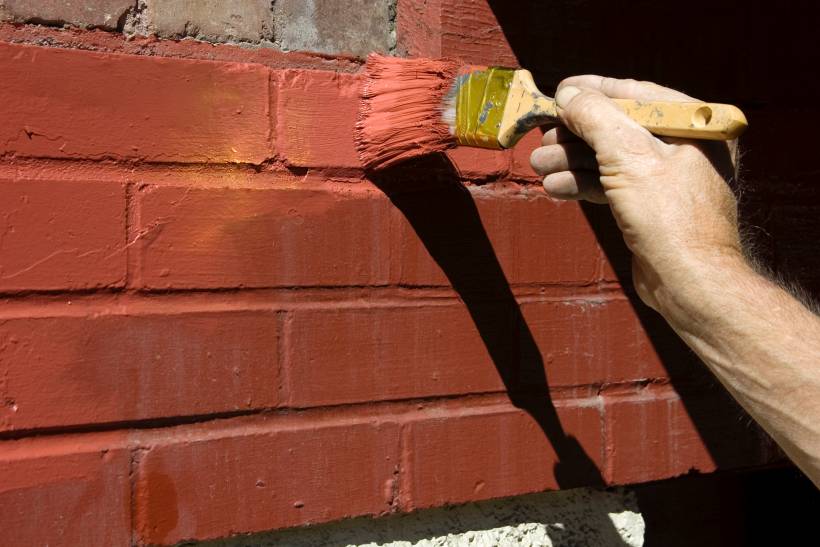Ever wondered how to make your Aussie home stand out? Enter the verandah–your home’s new best space. It’s not just a pretty face; adding a verandah to your house can transform your living space, boost your property’s value, and give you a perfect spot to enjoy our gorgeous weather.
You could be sipping a cold one or hosting a barbie, and doing these on your verandah adds that extra oomph to your home. Let’s get into how attaching a verandah to your house can upgrade your place from ordinary to extraordinary.
How a verandah adds value to your home

Well-done verandah designs become more than just an attractive addition to any home. They can significantly enhance your space’s overall value and appeal.
Enhances the curb appeal of your home
A verandah instantly boosts your home’s kerb appeal with its welcoming and visually appealing facade, increasing its desirability and market value. Decorated with lush greenery, elegant lighting, or stylish furniture, a verandah serves as an inviting entry point that leaves a lasting impression on visitors and potential buyers alike.
Additional living and social space
One of the more practical benefits of a verandah is the additional living space it provides. Backyard verandahs can be used for alfresco dining, a reading nook, or an area for entertaining guests, friends, and family. You can also have a front verandah to create a unique and memorable welcoming area for your guests.
Creates a connection with nature
Verandahs let you experience the beauty of nature from the comfort of your home, seamlessly connecting your indoor and outdoor spaces. This integration with natural surroundings can improve your quality of life, providing a tranquil space to relax and unwind.
Additionally, a verandah provides an excellent opportunity to incorporate greenery into your home. By decorating it with potted plants, hanging baskets, or even small gardens, you can create a lush and vibrant space that enhances your connection with nature.
Gives protection from the weather
Given its structure, verandahs offer valuable protection from various weather conditions. It provides shade on hot, sunny days, and acts as a sheltered outdoor space during rainy weather.
An energy-efficient choice
A verandah provides shade for your home, keeping it cooler in summer and reducing air conditioning costs. In cooler months, it provides a sheltered, warm space. This makes your home more comfortable all year while potentially lowering energy bills.
Verandah lighting and ambience

Strategic outdoor lighting can significantly enhance the ambience of your verandah and turn it into a cosy and inviting space that can be enjoyed at any time of day or night. If you’re currently struggling with ideas to spruce up your verandah, try the following ideas below!
Layered lighting
Ambient lighting provides overall illumination. You can incorporate layered lighting by mixing ambient, task, and accent lighting together to create a balanced and adaptable environment for your verandah.
String lights
String lights outline the verandah’s structure, adding definition and highlighting architectural focal points. The gentle illumination also fosters a relaxing and inviting environment, perfect for evening gatherings or quiet outdoor nights.
Decorative lighting fixtures
Selecting decorative lighting fixtures, like chandeliers, pendant lights, or stylish floor lamps, can add a unique character to your outdoor verandah, transforming it into a visually stunning space.
Retractable awnings or canopies
Enclosing a verandah makes your outdoor space more protected against harsh weather. But for a more flexible verandah, you can consider installing retractable awnings or canopies which can be extended or retracted based on the weather.
Transparent or semi-transparent roofing
Using materials like polycarbonate or glass for your verandah roof allows natural light to flood the space during the day while providing protection from the elements. These materials can be treated to reduce glare and UV rays for comfort.
Verandah roofing options

When designing or renovating your beautiful house with verandahs, the roofing choice and work play a crucial role in defining the overall look and functionality of the space. To help give you an idea of which style is best for you, consider the following:
Bullnose roof
A bullnose roof is a classic and elegant choice for verandahs, and is characterised by its curved roof edges that extend beyond the verandah’s perimeter. This style gives a touch of traditional charm to any home and is quite popular in heritage and colonial-style houses.
Flat roof
Flat roofs are highly functional, providing a straightforward and efficient way to cover the verandah. This design is noted by its clean lines and unadorned surface, creating a streamlined appearance that integrates seamlessly with modern architecture.
The flat surface can be used for installing solar panels or creating a rooftop garden, adding further versatility to your outdoor space.
Hipped roof
Hipped roofs have slopes on all four sides that converge at the top, creating a pyramid-like structure. This roofing is known for its stability and durability, making it an excellent choice for verandahs in areas prone to strong winds and storms.
The gentle slopes of a hipped roof provide effective water drainage and good sun protection, making the verandah a comfortable outdoor living space year-round.
Gable roof
A gable roof features two sloping sides that meet at a central ridge, forming a triangular shape. This classic roof design is highly versatile and can complement various architectural styles, from traditional to contemporary.
The steep pitch of a gable roof allows for efficient water runoff, making it ideal for areas with heavy rainfall. The high, open ceiling created by a gable roof can also enhance the sense of space and airiness on your verandah.
Skillion roof
A skillion roof, shed roof, or mono-pitched roof has a single, sloping surface, and is a popular option for contemporary architecture. The simple slope of a skillion roof allows for easy water runoff, reducing the risk of leaks and water damage. This roof costs less and is relatively simple to construct, making it an attractive option for homeowners on a budget.
Hiring a professional builder
When it comes to adding a verandah to your home, hiring a professional builder is a smart move. These pros know the local building codes and building regulations like the back of their hand so you can be sure they’ll comply and ask you to secure all the necessary permits before starting the project.
Moreover, they’ll ensure your verandah matches your home’s style and meets all safety standards. While DIY might seem tempting, local construction and building businesses will save you headaches in the long run. Plus, they can often source quality materials at better prices. Remember to check for proper licencing and insurance before you sign on the dotted line.
Level up your property
In the end, adding a verandah to your home is a brilliant way to enhance your property and upgrade your lifestyle, as well as make better use of your outdoor space. It’s an investment in comfort, style, and property value.
To make sure you get it right, don’t hesitate to call a professional verandah builder or renovator. They’ll help build a stand on your verandah where you can enjoy barbies and social nights comfortably.
FAQs on adding a verandah
Does a verandah cool a house?
Yes, a verandah helps cool your home by providing shade and reducing direct sunlight. This can lower indoor temperatures and cut down on aircon costs, especially during our scorching Aussie summers.
What are the fancy trim things on an old house verandah?
Those decorative elements are called fretwork or lacework. They’re typically made of wood or cast iron and are a hallmark of traditional verandah architecture, especially in Victorian-era homes.
What is the use of front verandah in a house?
A front verandah serves multiple purposes: it creates a welcoming entrance, provides a spot to relax and watch the neighbourhood, offers shelter from sun and rain, and adds character to your home’s facade.




























